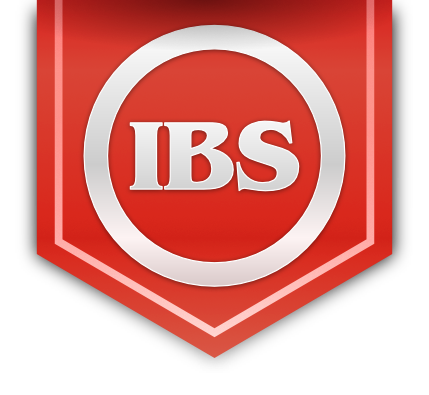Battery Cell Prices Continue to Drop as Demand Softens
Published: 12.11.2023
Market research firm TrendForce reports that falling prices of key raw materials like lithium, cobalt, and nickel have led to a consistent downward trend in battery cell prices. The trend continued in November, with Chinese EV battery cell prices dropping by approximately 3.5% month-over-month (MoM). Consumer lithium cobalt oxide (LCO) cells also saw a decrease of 2.5% MoM, while storage-type cells experienced the steepest decline at 6.8% MoM.
The decline in battery cell prices is attributed to a slowdown in demand for both electric vehicles (EVs) and energy storage systems, leading battery cell suppliers to reduce their capacity utilization rates to manage inventory. As a result, the overall industry operating rate has fallen below 50%. Some companies are even facing production cuts or shutdowns due to intense market competition and a lack of orders.
Looking ahead, TrendForce anticipates that demand in the EV and storage markets will remain weak in the fourth quarter of 2023. This is expected to further pressure battery cell prices and lead to additional capacity reductions by suppliers. The firm also notes that the decline in upstream lithium and cobalt prices is likely to continue, further contributing to the downward trend in battery cell prices.
The ongoing price decline is good news for consumers and could help to accelerate the adoption of electric vehicles and renewable energy. However, it also poses challenges for battery cell manufacturers, who need to find ways to reduce costs and improve efficiency to remain profitable in a competitive market.
It is important to note that the long-term outlook for the battery cell market remains positive. As demand for EVs and renewable energy continues to grow, battery cell production is expected to increase significantly in the coming years. This will help to drive down prices further and make electric vehicles and renewable energy more accessible to everyone.


.png)

